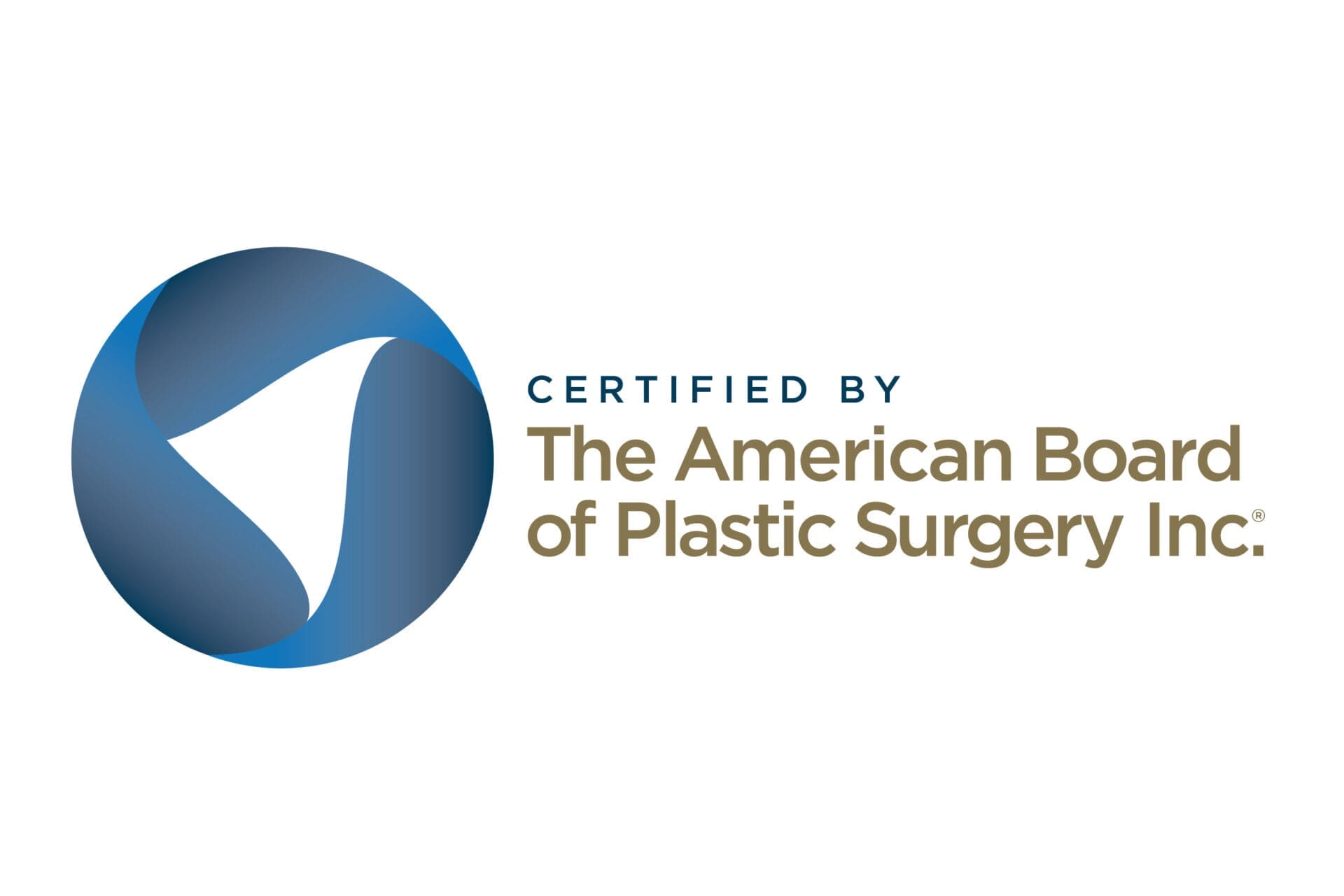
WHAT DOES IT TAKE TO BECOME A PLASTIC SURGEON?
When most people think of a plastic surgeon, they may think of Kim Kardashian, television shows like “Nip Tuck” or “Botched,” or a luxurious “Doctor 90120”-esque life of luxurious spending on sports cars to golfing in designer clothes before flights to Morocco for weekend vacations. While this sounds nice!…it is really just for the movies. The truth is that plastic surgery is that the practice of plastic surgery is hard work and is often not glamorous. It takes – not years – but decades of training and preparation, often doing tasks that no one would consider luxurious, to acquire the skillsets and insight that it takes to handle tough surgical problems that sometimes no one else can solve.
When I was young my parents told me about delayed gratification. Later, in college, I was introduced to the saying, “it’s a marathon, not a sprint.” Later, after medical school and training years, someone told me, “it’s about the journey, not the destination.” No matter how many times or different way this concept is said, it never quite seems to do justice to the fact that the road is long…so long that maybe it ceases to be a road at all, but simply a way of life. Plastic surgery is a discipline that demands commitment, hard work, dedication, and its practice takes a long time to pursue. Most people do not realize the number of steps and duration of training required to perform plastic surgery, but if you are curious about the pathway then read on!
What is a Plastic Surgeon?
Plastic surgeons were named partly due to the meaning of the Greek word Plastikos, meaning malleable. This concept reflects the distinction of plastic surgeons as those that can mold tissues and adapt to solve varied surgical scenarios. Unlike other surgical disciplines, plastic surgery does not limit itself to a areas of the body (eg, ear, nose, and throat surgeon), organ system (eg, orthopedic surgeon), patient population (eg, pediatric surgeon), or spectrum of techniques (eg, minimally-invasive surgeon). Instead, plastic surgeons are ultimately guided by principles. Plastic surgery is performed on the skin, fat, muscle, and bone from the head-to-toe in adults and children. Most people think of aesthetic, or appearance-based, procedures when they think of plastic surgery. It is true that plastic surgeons typically perform surgery on the surface of a person, but in addition to the improvement of form they also improve function. In fact, subsets of plastic surgery include microsurgery, hand surgery, craniofacial surgery and other specialties that do not focus on appearance but rather the improvement of function after trauma, cancer, or congenital deformities. Plastic surgeons’ techniques are thereby often more sophisticated and intricate because they have been honed by an array of complicated surgical challenges.
What is the Difference Between a Plastic Surgeon and Others That Perform Plastic Surgery?
There are a few differences between plastic surgeons and other surgeons that perform plastic surgery. These include scope of practice, training, experience, institutional affiliation, and other important differences. The somewhat shocking reality is that, legally-speaking, any licensed doctor can offer plastic surgery to patients. A family practice doctor, for example, can perform liposuction or a breast augmentation, despite perhaps not having practiced surgical skills in a formal training program. Cosmetic surgeons may come from various backgrounds, such as obstetrics and gynecology, general surgery, or others and complete additional training in cosmetic surgery. Plastic surgeons go to school and clinical training for the longest duration of any that execute plastic surgical procedures. They are both licensed to practice medicine, and must also have:
- Completed a plastic surgery residency
- Are accredited as a plastic surgeon by the American Board of Medical Specialities (ABMS), which is the most respected certifying agency in the United States
- Been recognized as a specialist in plastic surgery, including: (all) Plastic Surgery, Facial Plastic Surgery, and Oculoplastic Surgery
Many plastic surgeons, such as Dr. Day, then go on to further focus their training and experience in sub-specialties, such as craniofacial surgery, which further extends the skills they can offer to patients. Plastic surgery then has groups, such as the American Society of Plastic Surgery (ASPS) and others, that only board-certified plastic surgeons may become part of. These communities, like the indoctrination paths that lead to being part of them, then reinforce and strengthen the fundamental principles that distinguish plastic surgeons amongst others that perform plastic surgery.
How Long Do Plastic Surgeons Go to School and Training?
To succeed in plastic surgery, you absolutely must love it. You will put in long hours, over long years…or even decades. For example, to achieve membership in the American Society for Aesthetic Plastic Surgery (ASAPS), one of the most respected professional organizations for plastic surgeons, one must complete the following steps after high school:
- 8+ Years of Higher Education
- College degree, usually 4 years at a university
- Medical degree, usually 4 years at a medical school
- 6+ Years of Accredited Clinical Training
- Independent Track
- 5 years of general surgery training
- 3 years of plastic surgery training
- Integrated Track
- 6 years of general and plastic surgery training
- Optional Additional Sub-Specialty Training
- 1+ years of fellowship
- Independent Track
Dr. Day completed two bachelor’s degrees, a clinical externship, a medical degree with distinctions, while completing multiple research projects and then a residency program in both general and plastic surgery, followed by a fellowship in craniofacial surgery. He also chose, along the way, to go on medical mission trips on four continents, participating in hundreds of surgical procedures for those that would otherwise not have access to care. He additionally participated in national organizations, attended additional training course, and conducted and presented research across the country and abroad. All told this was 18 years of intensive higher academic and clinical training!
How Hard is Plastic Surgery Training?
The duration of training is only half of the story, the intensity of this training is also rigorous. In a surgical residency it is typical to work over 100 hours each week, making Malcolm Gladwell’s famous 10,000 hours concept something that Dr. Day probably achieved about four times before offering treating patients independently. And many of these hours were spent in difficult settings, such as the emergency room at three AM or standing in an operating room for entire day without rest. It is also worth mentioning that plastic surgery training programs are highly competitive. Most only accept doctors who excel in medical school and surgical performance. And this does not even mention the testing! Trainees are tested at least annually throughout their training and often undertake multiple additional certifications, evaluations, and examinations along the way. Some of these tests are written, some are face-to-face oral exams, and some last up to eight hours at a time or span over multiple days. But after all of this, you still must meet additional requirements before you can become board certified by the American Board of Plastic Surgery (ABPS) after finishing your residency and fellowship training, including:
- Proof of active plastic surgery practice, including submission of a 9+ month surgical case history after residency
- Successful completion of comprehensive oral and written examinations
- Re-testing every 10 years to maintain board certification
While board certification is technically optional, it is an important step to take to distinguish an experienced provider who adheres to the highest standards for patient safety and ethical practice. In fact, certification by the ABPS is one of the minimum credentials patients should look for when choosing a plastic surgeon, because it ensures that all of the above has occurred.
What Does it Mean to be a Member of Plastic Surgery Organizations?
But wait, there’s more! After board certification there are select professional societies that you may have heard about, like ASPS and ASAPS, which require even more experience for membership. This is because dedicated plastic surgeons recognize that we owe it to our patients to stay abreast of the latest advancements in the field so we can continue to provide the highest quality care, safety, and outcomes. One way we demonstrate this level of commitment is to join professional organizations that are comprised of other motivated and meticulous individuals, thereby systematically maintaining the highest standards together. These organizations have strict membership requirements, such as:
- Board certification by the ABPS, which is recognized by the ABMS
- Must perform surgery in a fully accredited, state-licensed surgical facility
- Proof of the highest medical ethical standards
- Proof of participation in continuing medical education
- Documentation of completed aesthetic and other specialty-specific surgery cases
Typically, it takes years of active, independent practice in plastic surgery to become board certified members of first-class professional organization, which have stringent requirements. Interestingly, it is not only the visible products of adherence to these standards that capture all that it means to practice plastic surgery at the highest level. Contributions to leadership, education of young surgeons, speaking at professional meetings, outreach to the public, and other efforts are also part of the job. It is this passion, talent for aesthetic and plastic surgery, and unwavering commitment to the best possible outcomes that distinguishes excellence in plastic surgery. That is why it is one of the few surgical specialties certified to operate on anyone, at any age, on any part of the body. Plastic surgeons must therefore have a highly developed aesthetic eye, with an acute awareness for function, and the ability to adapt their techniques to all types of shape, size, and proportion.
The ability to perform plastic surgery is developed over time and dedicated focus on being able to deliver the best possible care to patients. This allows them to become their best. This endlessly fulfilling process in one that Dr. Day is thankful to have the privilege in being part of!
So if you want to take advantage of the years of hard work Dr. Kristopher Day, MD, FACS has undertaken to be able to deliver your best outcome, call Pacific Sound Plastic Surgery today at 425-818-8991, email Info@PacificSoundPlasticSurgery.com, or go online to schedule a consultation at www.PacificSoundPlasticSurgery.com.



